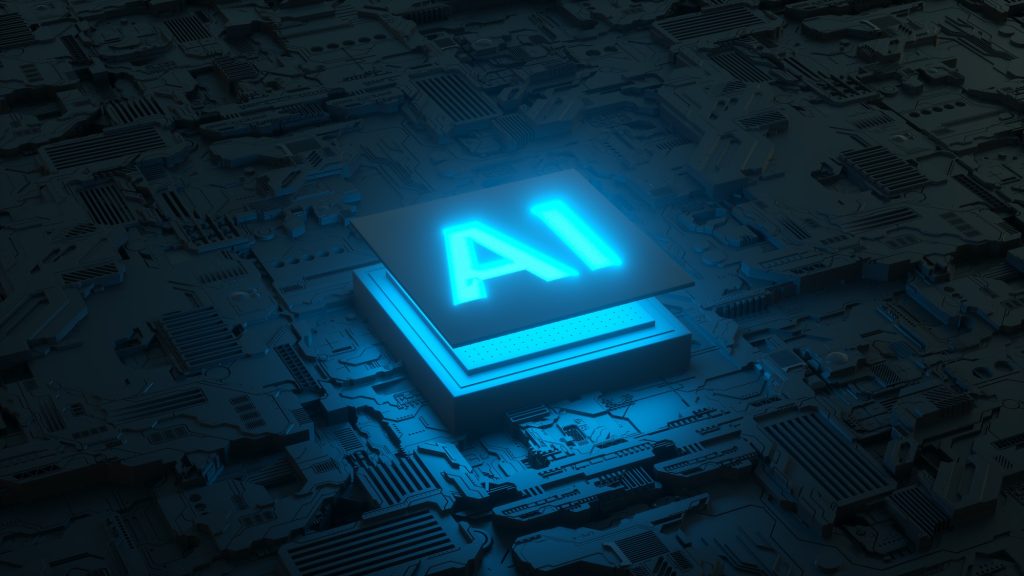Morgan Stanley predicts AI`s $4.1 trillion impact on labor force in three years
This forecast highlights the substantial economic consequences of AI adoption. Understanding the magnitude of this impact can help businesses, policymakers, and investors make informed decisions about where to allocate resources.

Morgan Stanley’s forecast anticipates a substantial influence of AI on the job market, with a projected $4.1 trillion economic impact on the workforce, affecting more than 40% of the labour force within a three-year timeframe. This influence arises from alterations in input expenses, the automation of tasks, and shifts in how businesses collect and analyse data. The growth of generative AI is poised to expand the potential for automation, thanks to declining input costs, which will drive growth in software production. This expansion will have repercussions on labour markets and lead to increased expenditure on public cloud services. Software companies could potentially access 5% of the $4.1 trillion labour impact, amounting to a market worth $205 billion. If generative AI adoption reaches 20% among enterprises in the next three years, it represents a global spending opportunity of $150 billion, according to Morgan Stanley’s projections.
Why does this matter?
This forecast highlights the substantial economic consequences of AI adoption. Understanding the magnitude of this impact can help businesses, policymakers, and investors make informed decisions about where to allocate resources. With over 40% of the labour force affected, this projection underscores the ongoing transformation of jobs and the need for reskilling and upskilling programs to ensure workers can adapt to changing roles.
